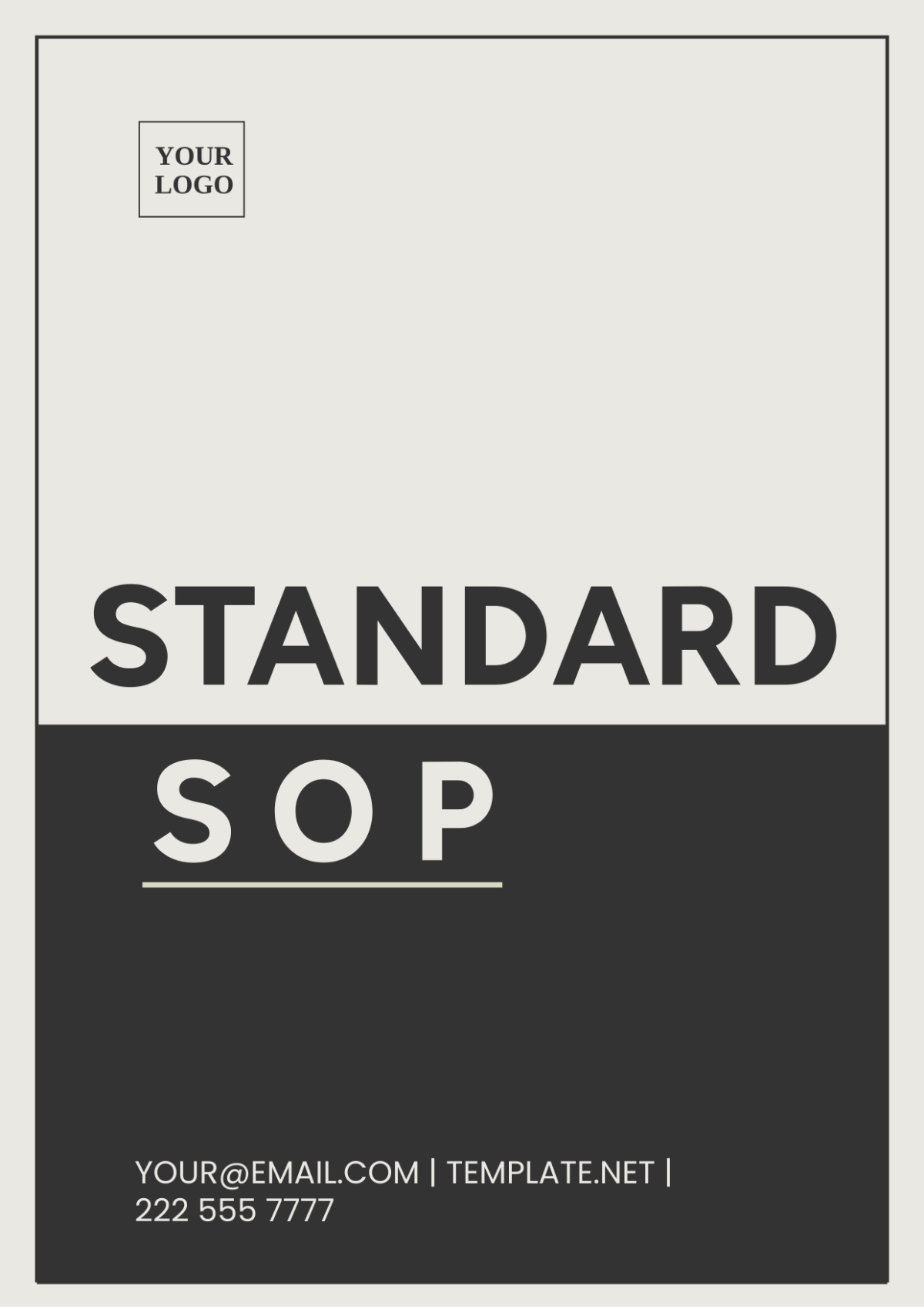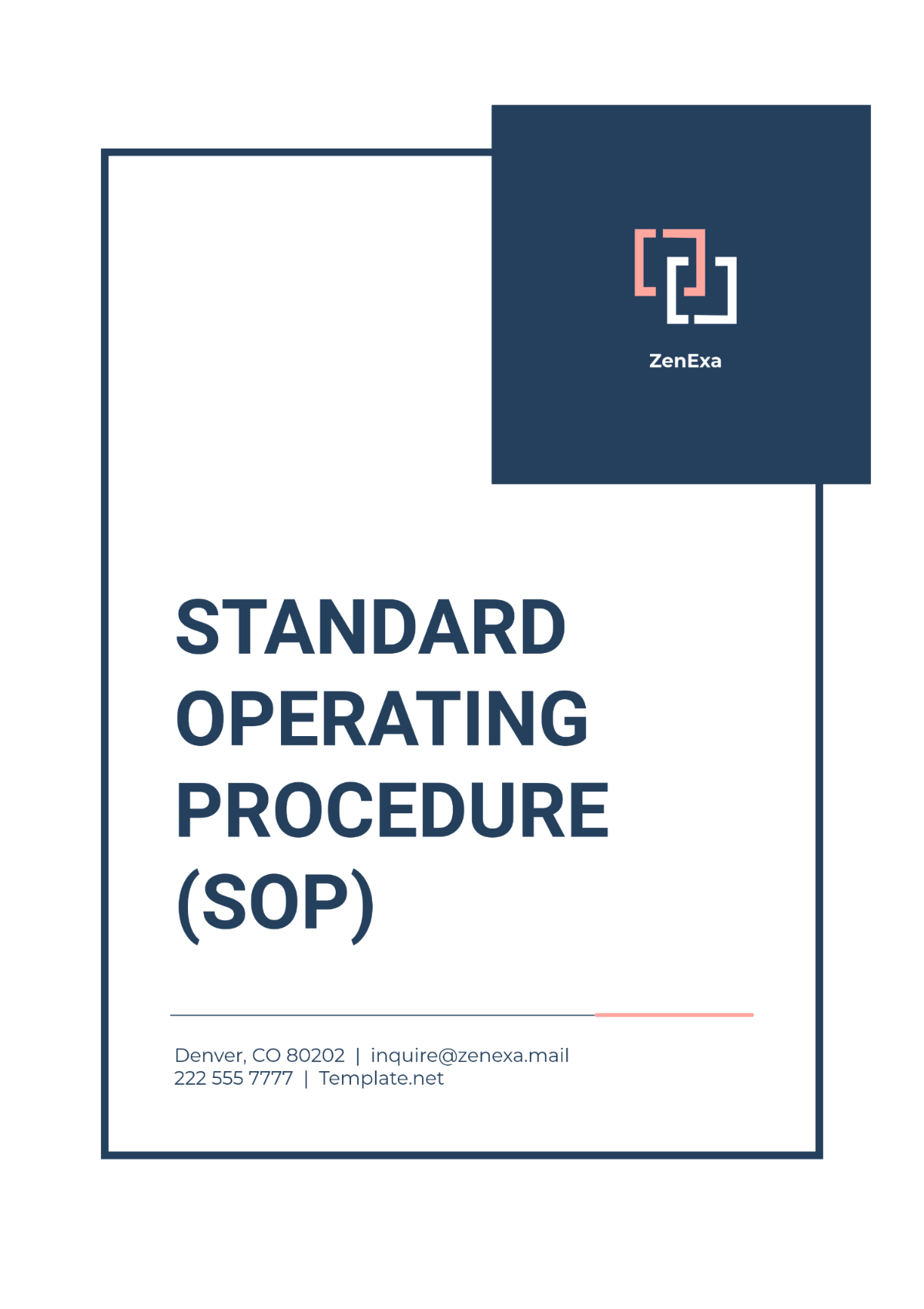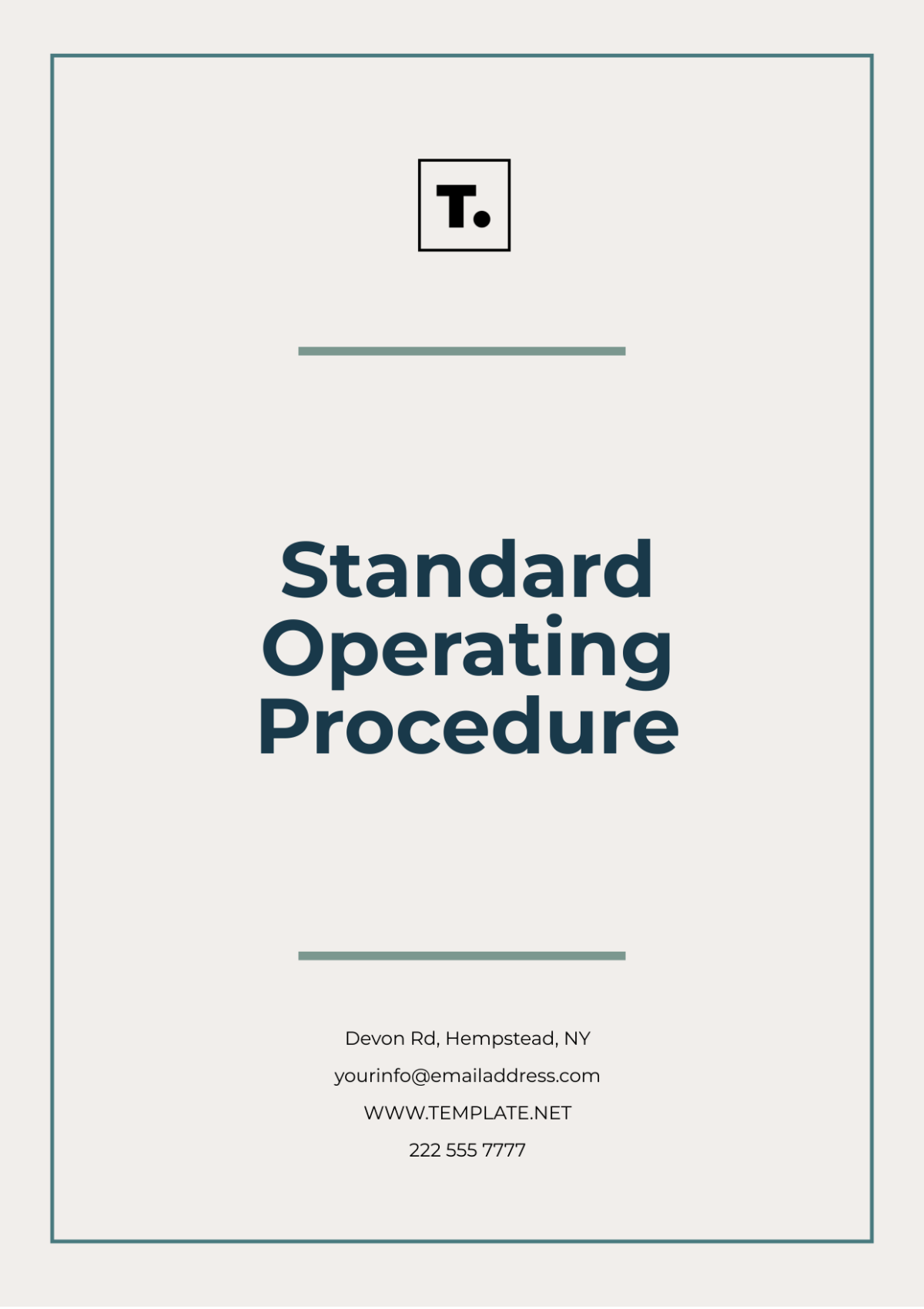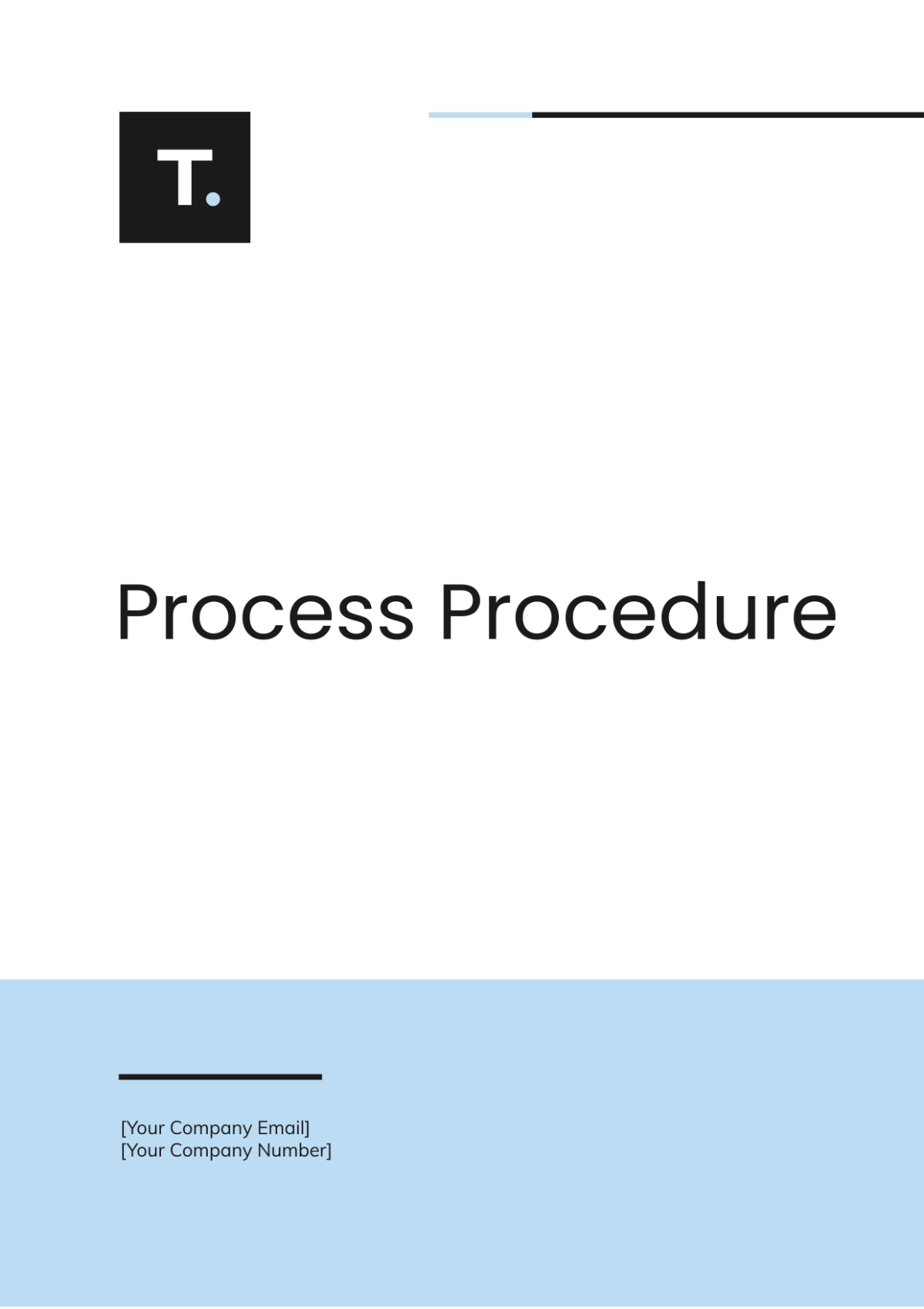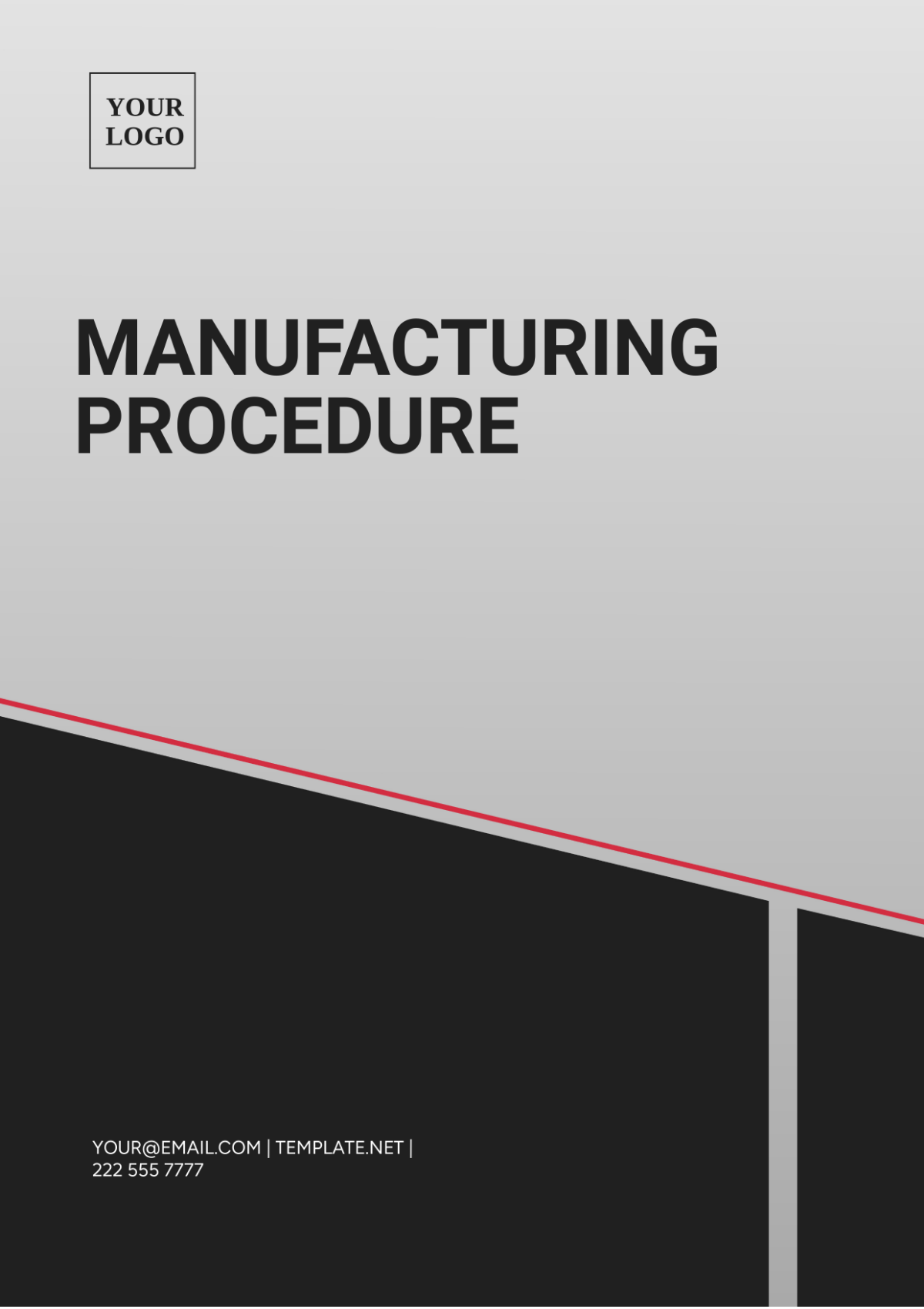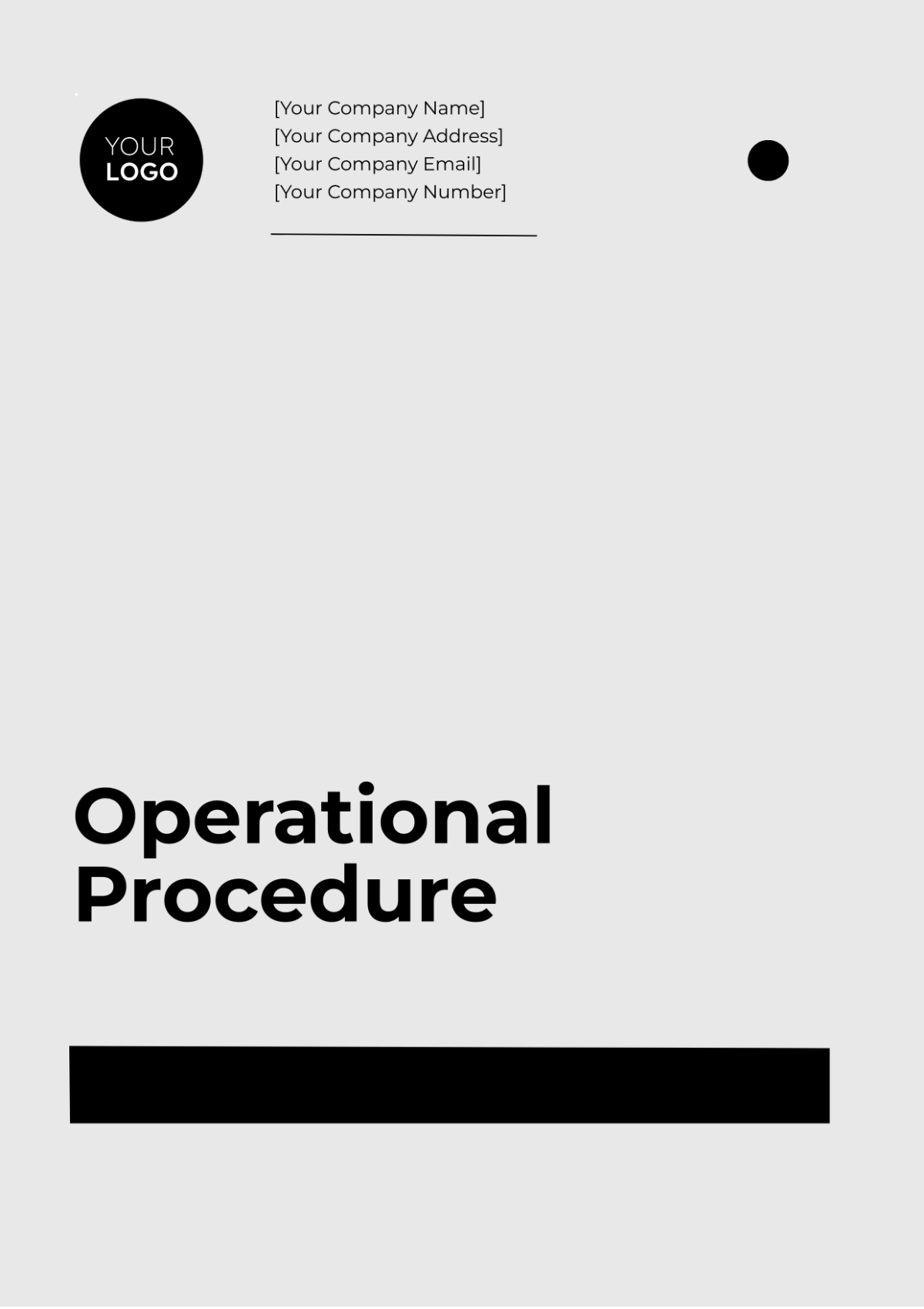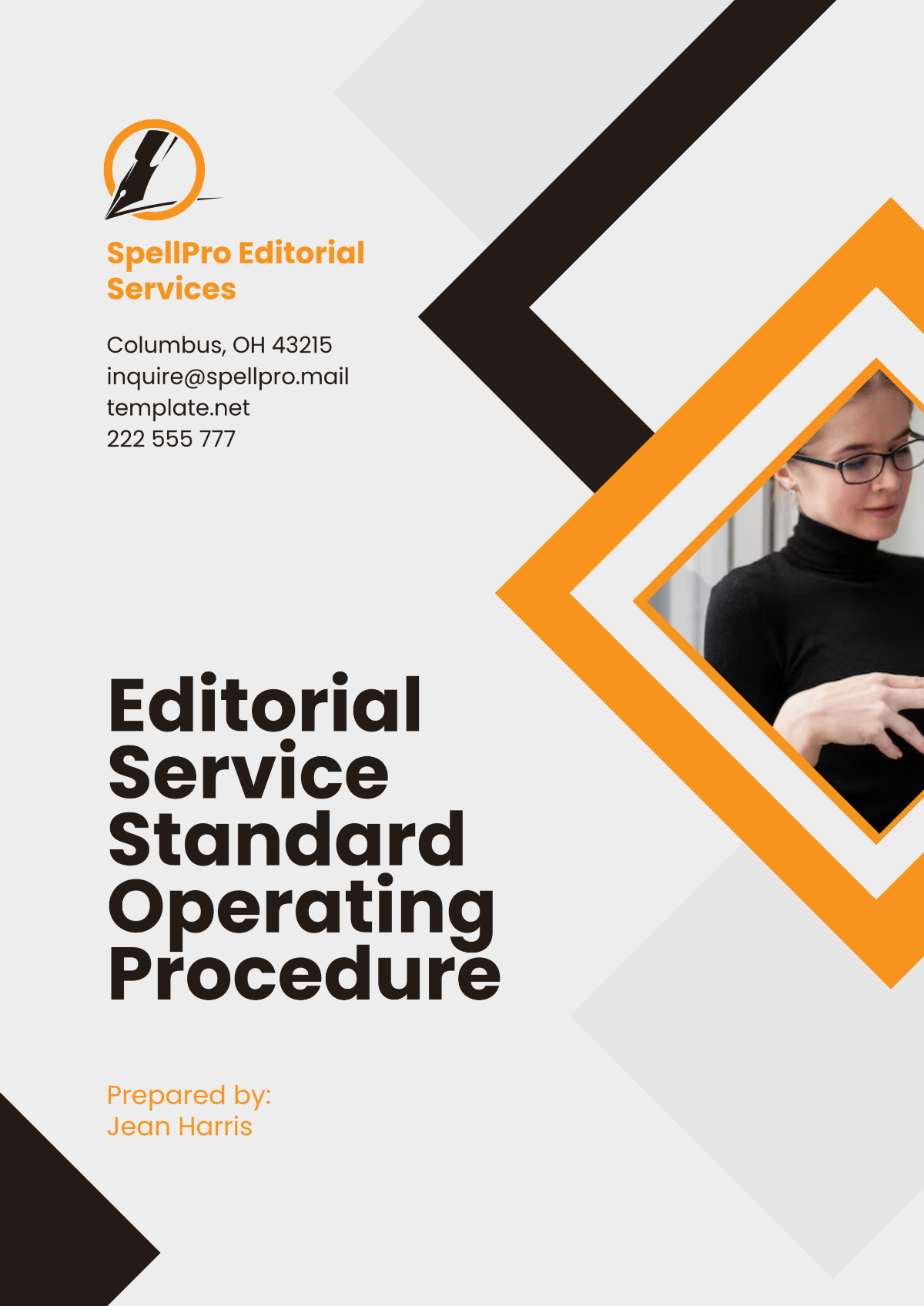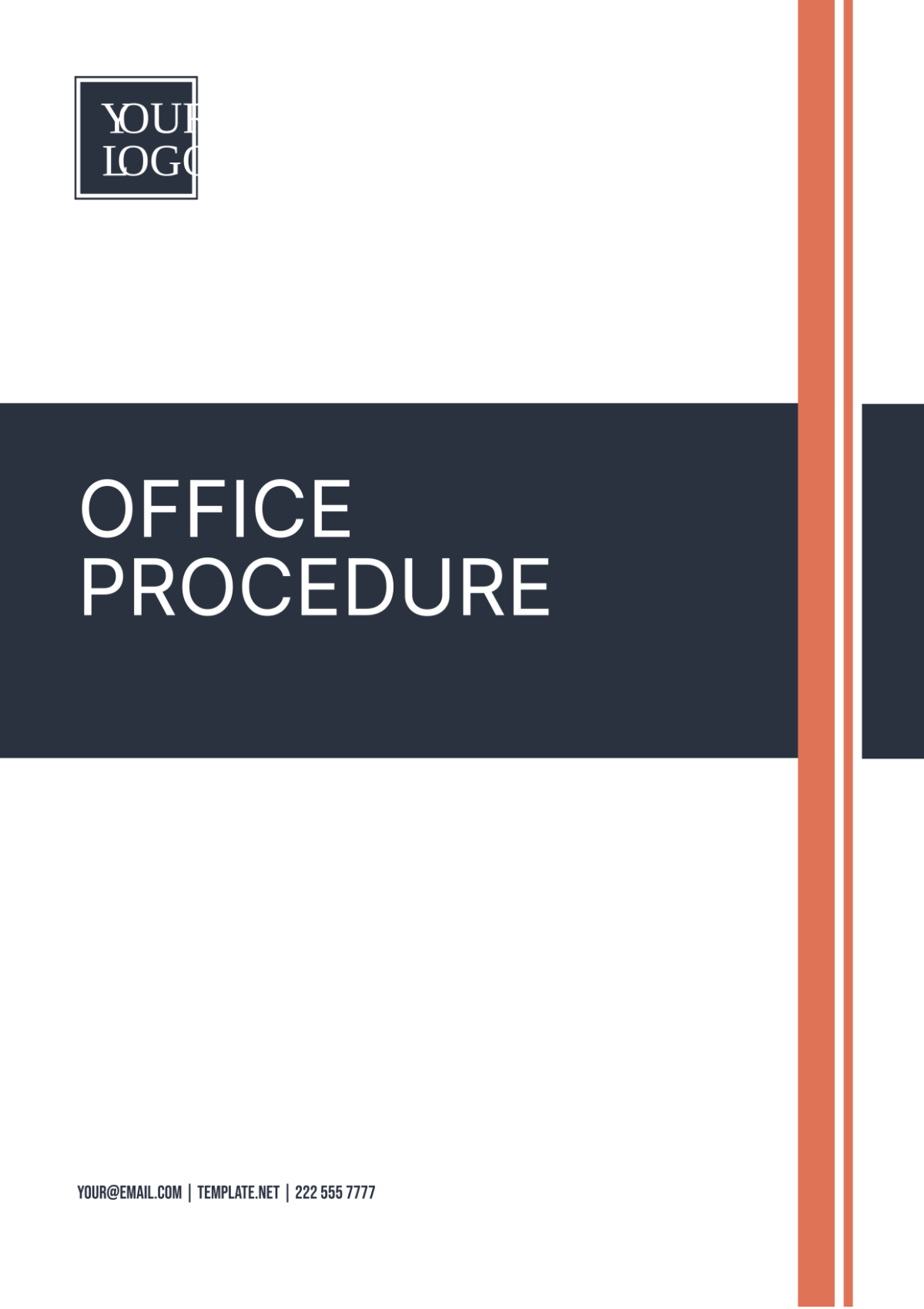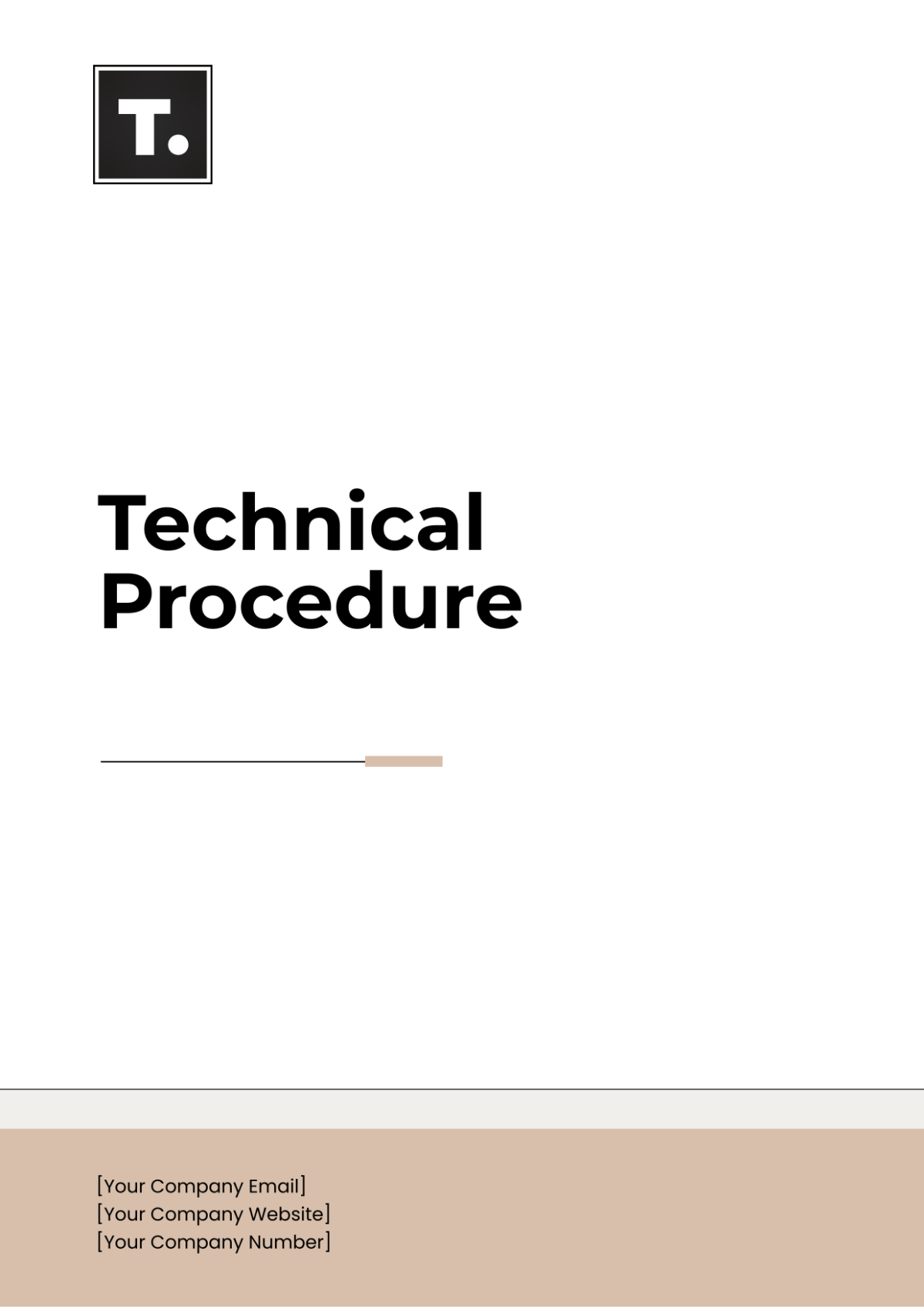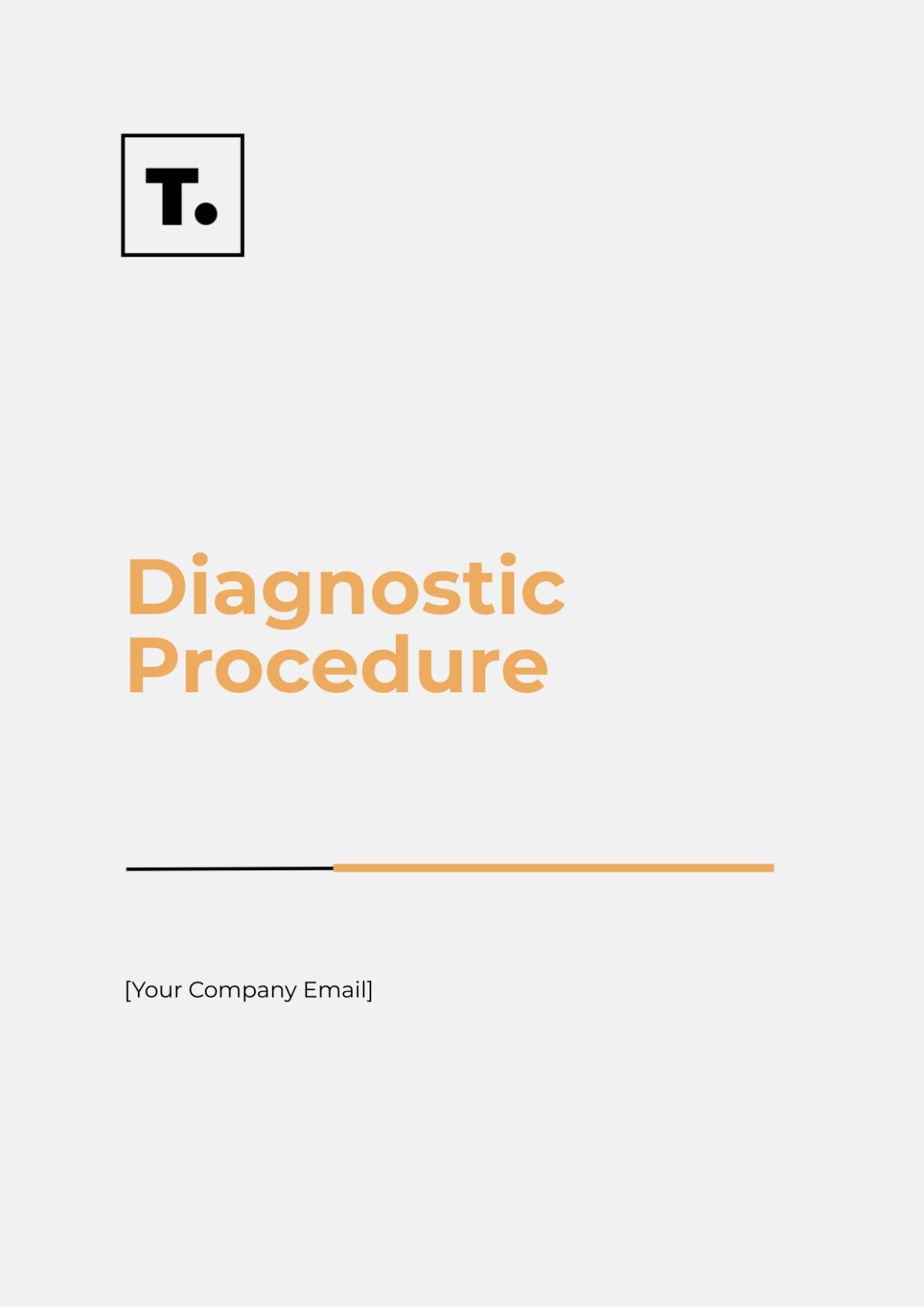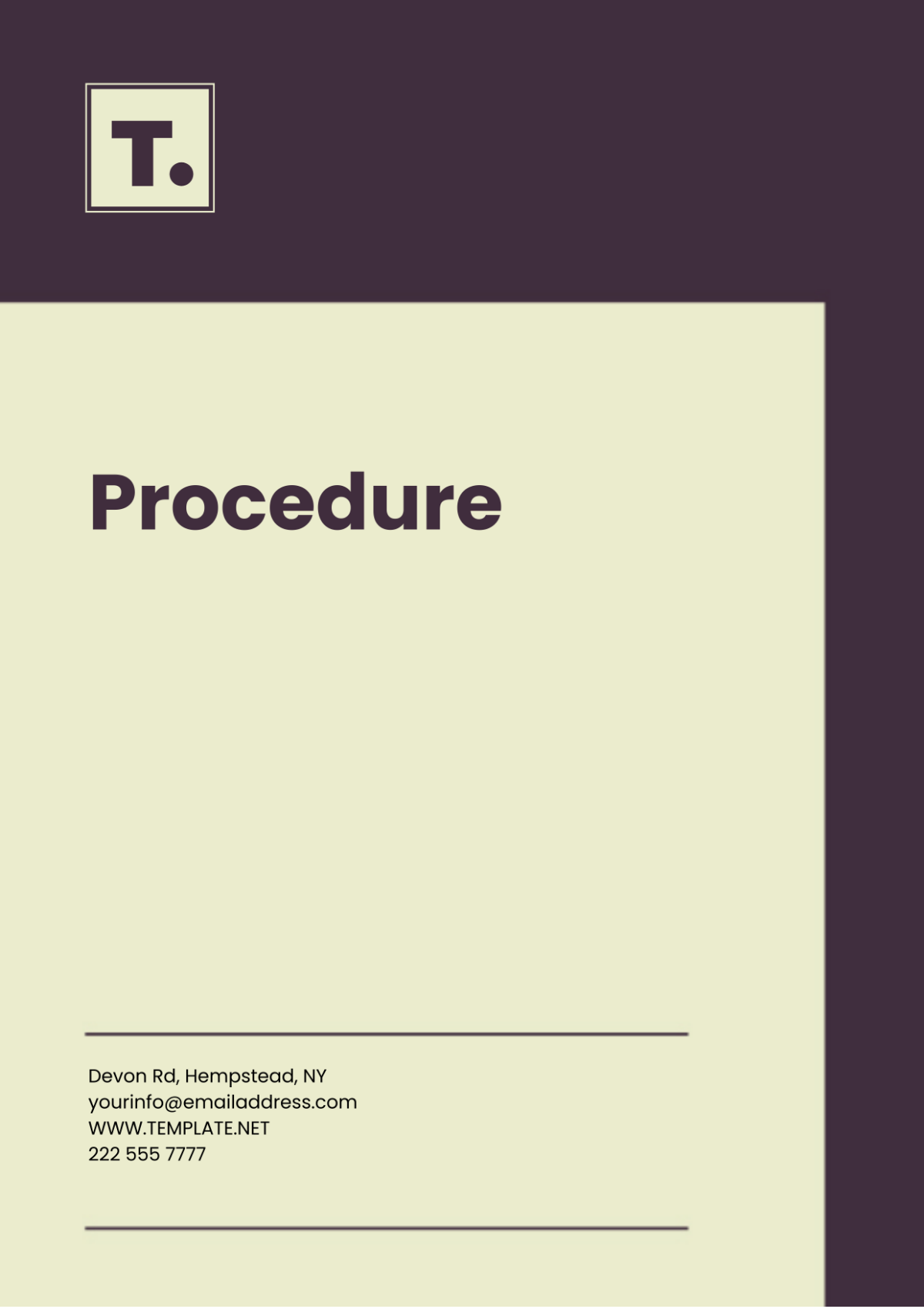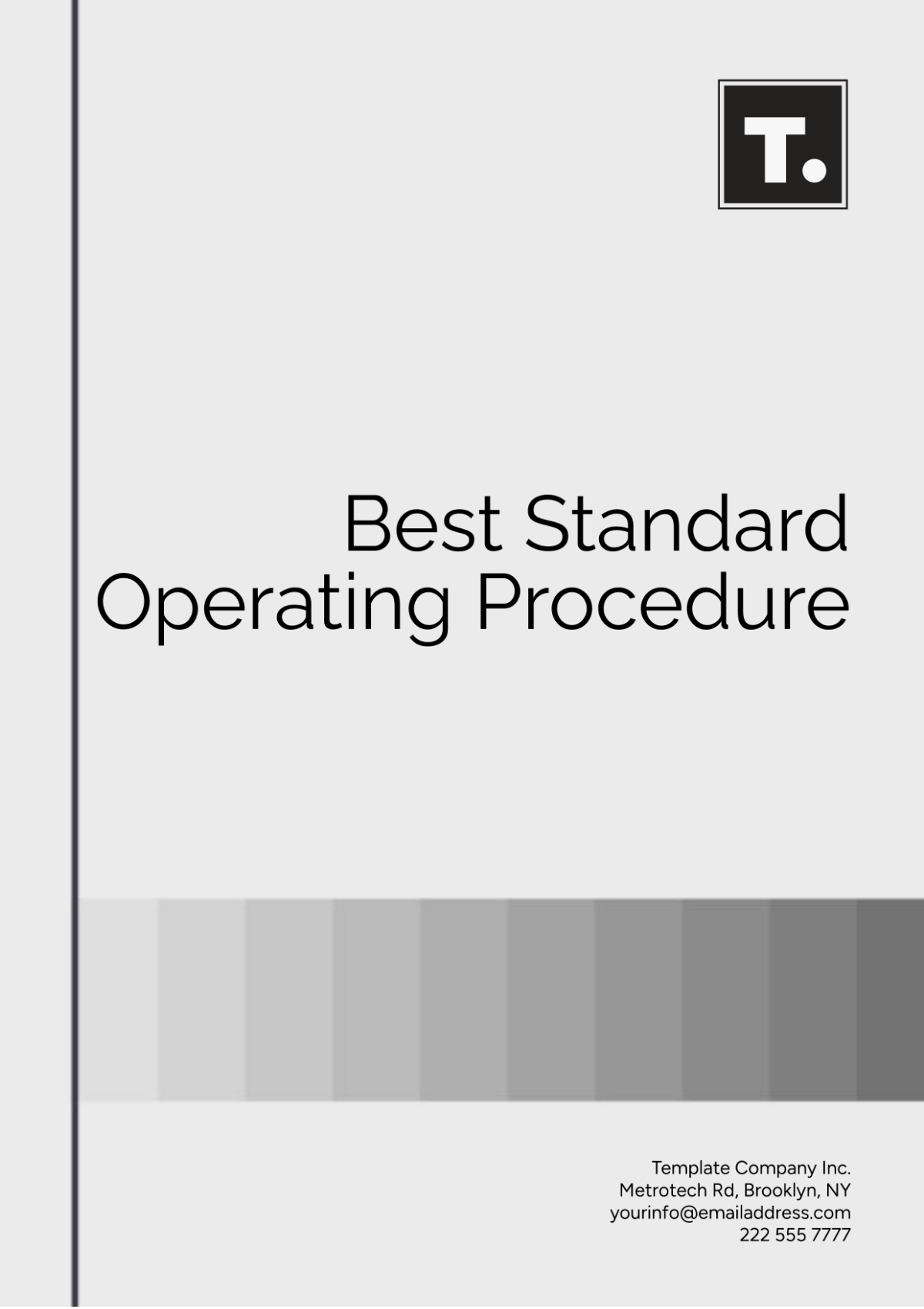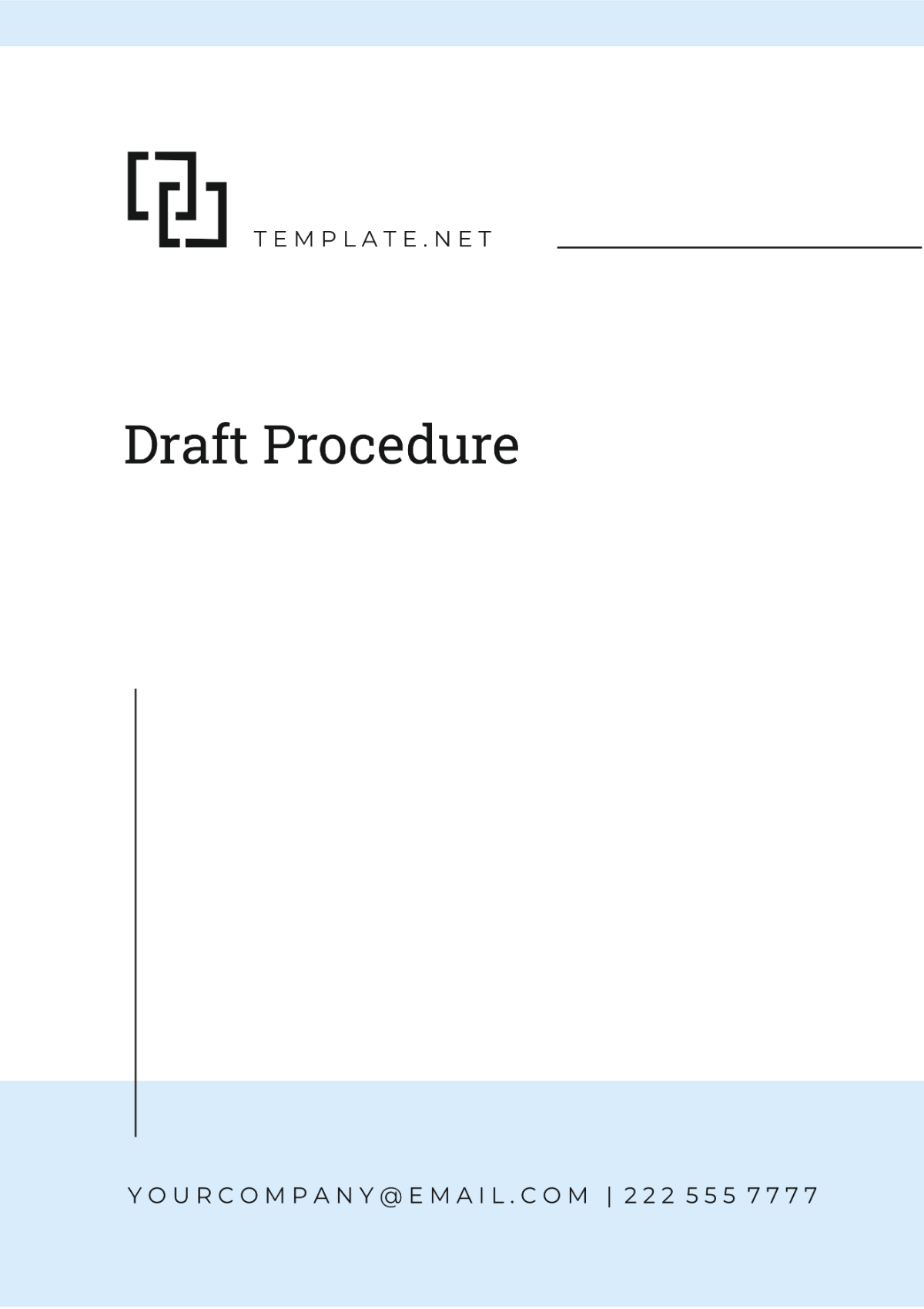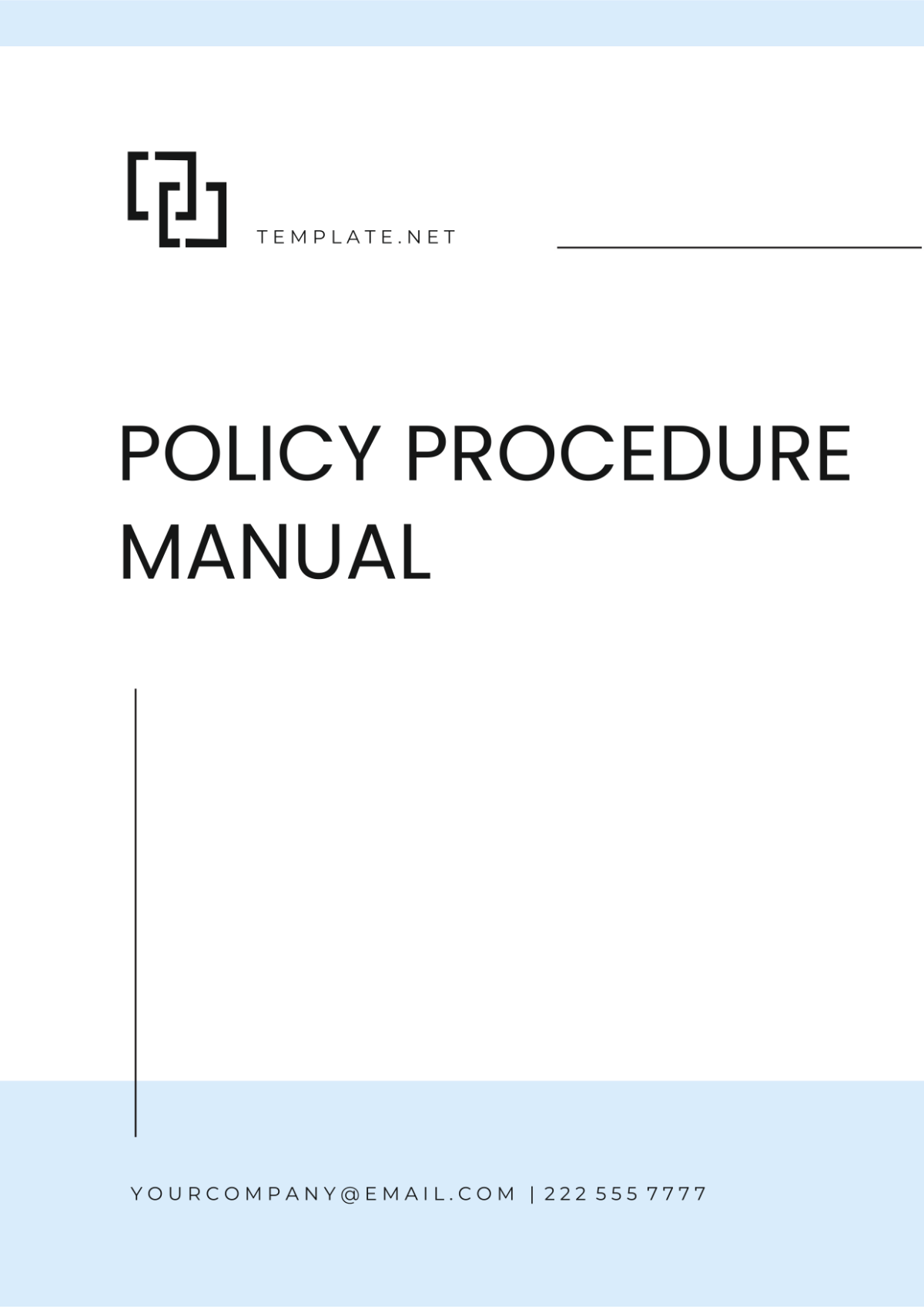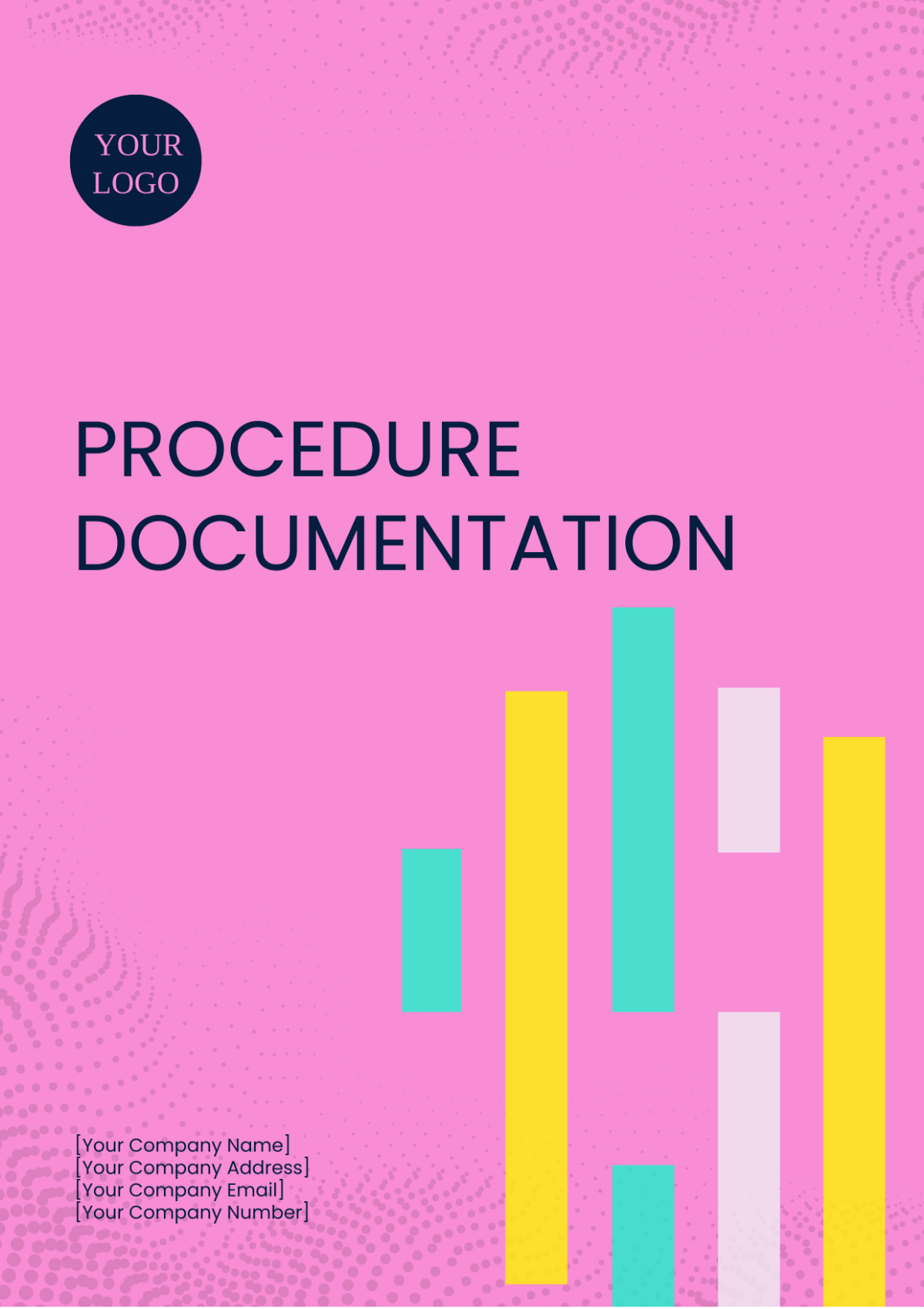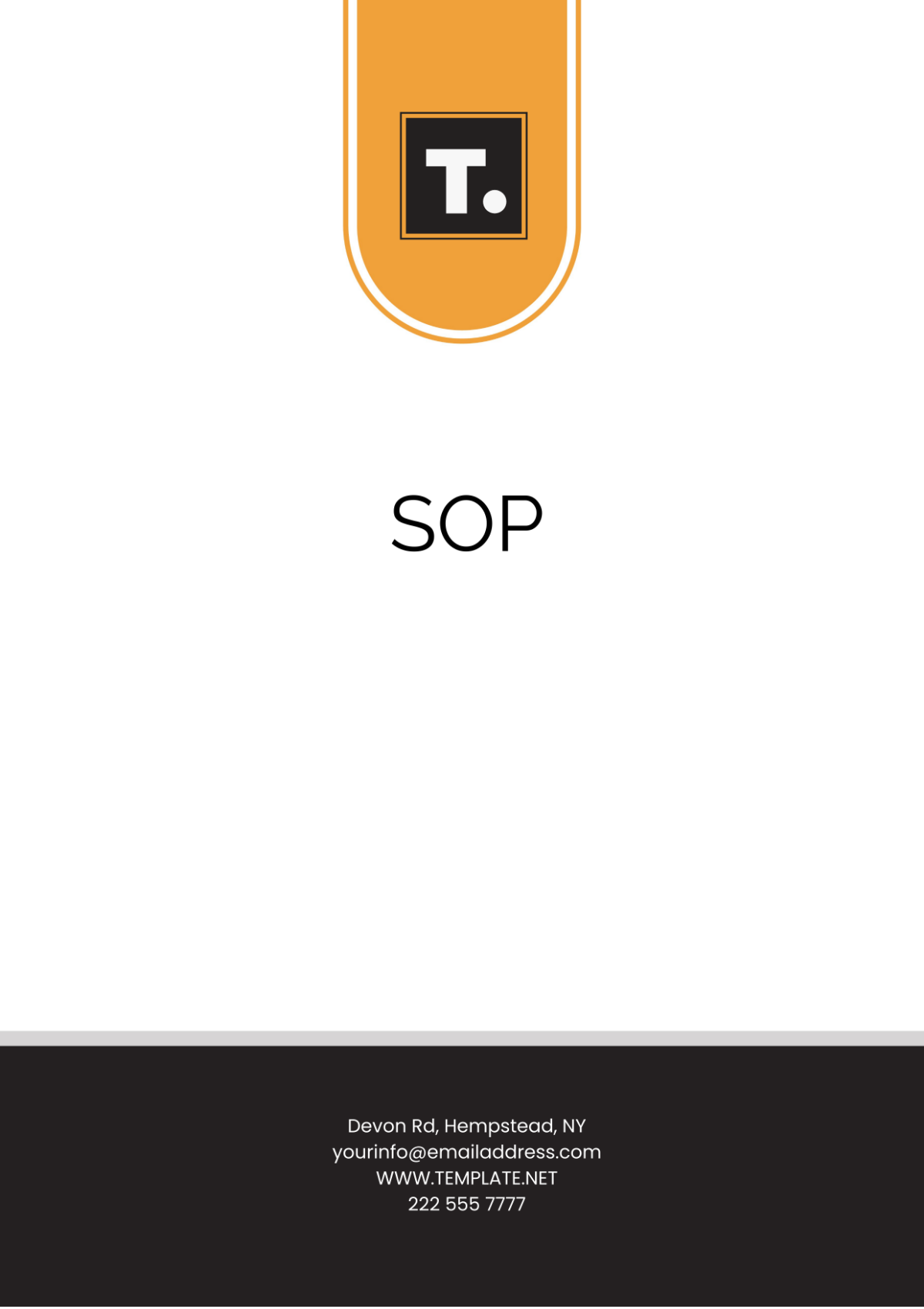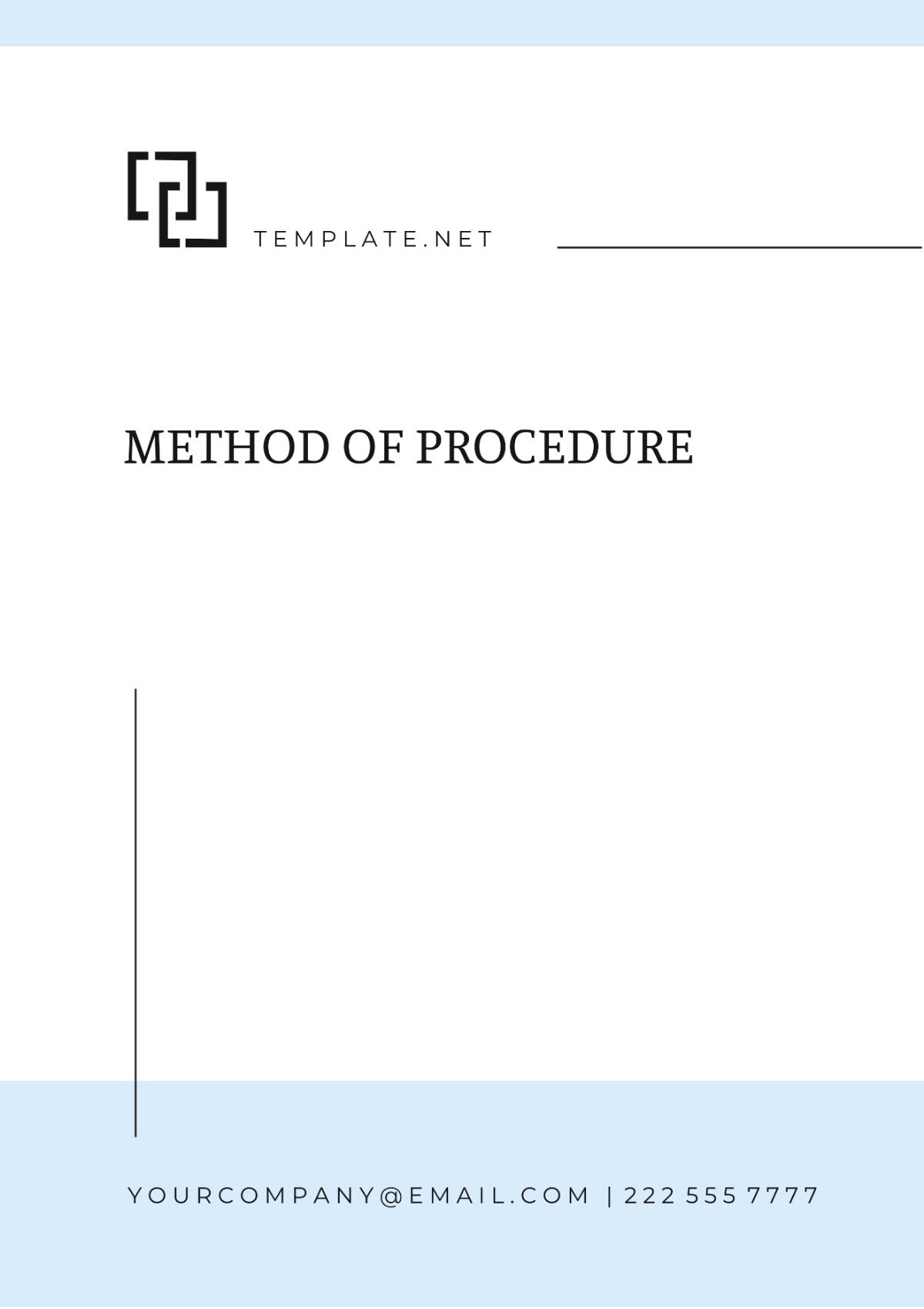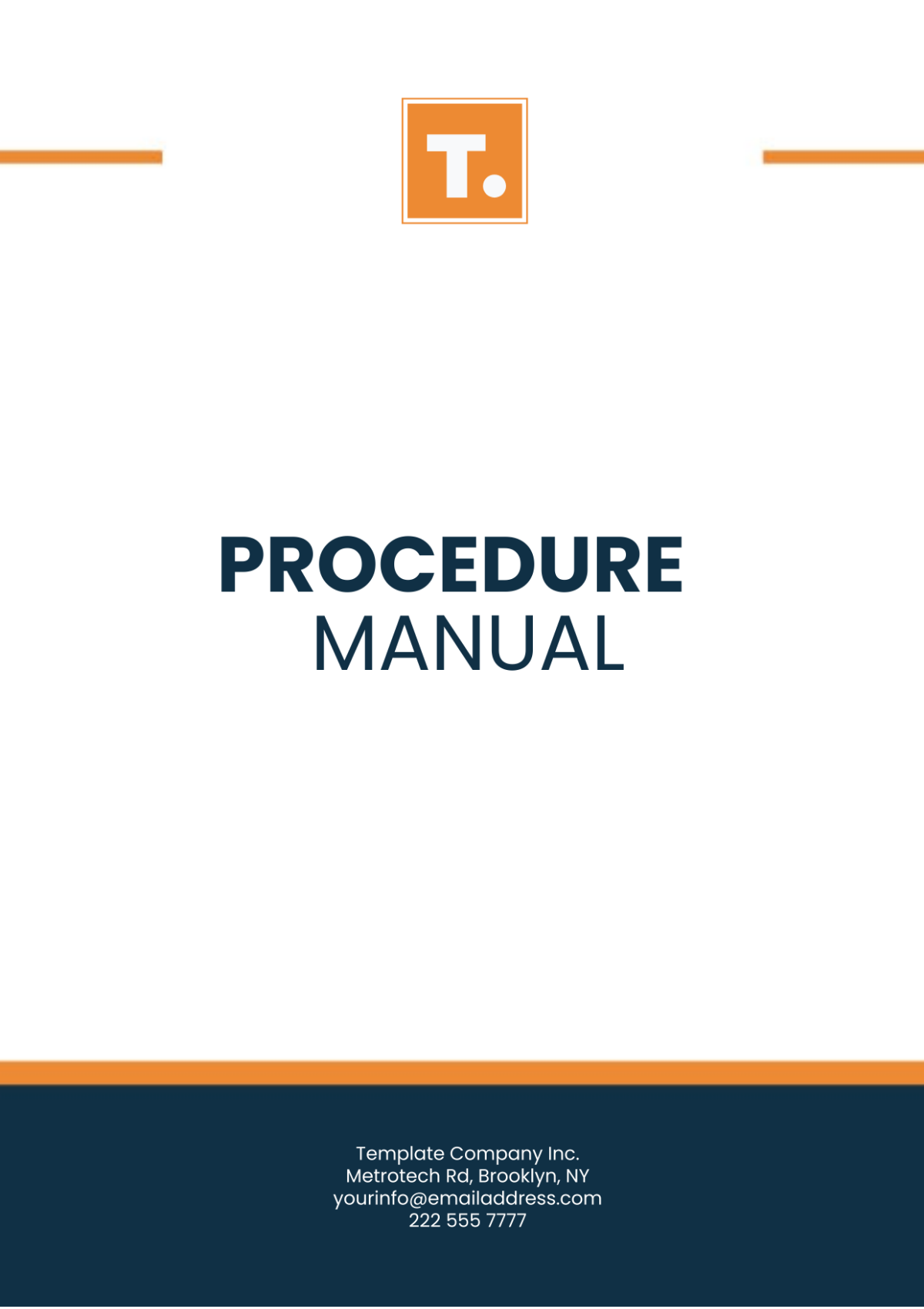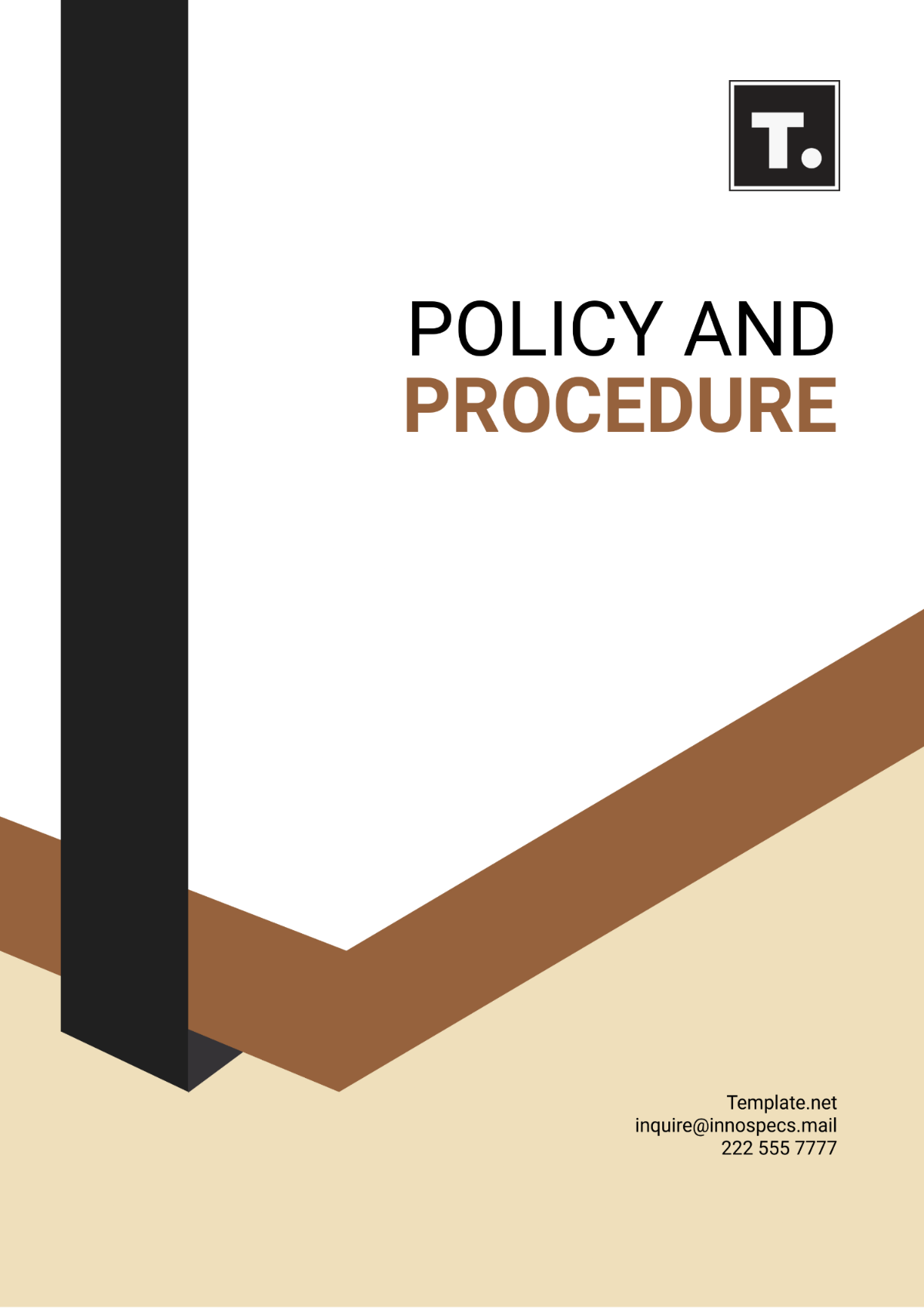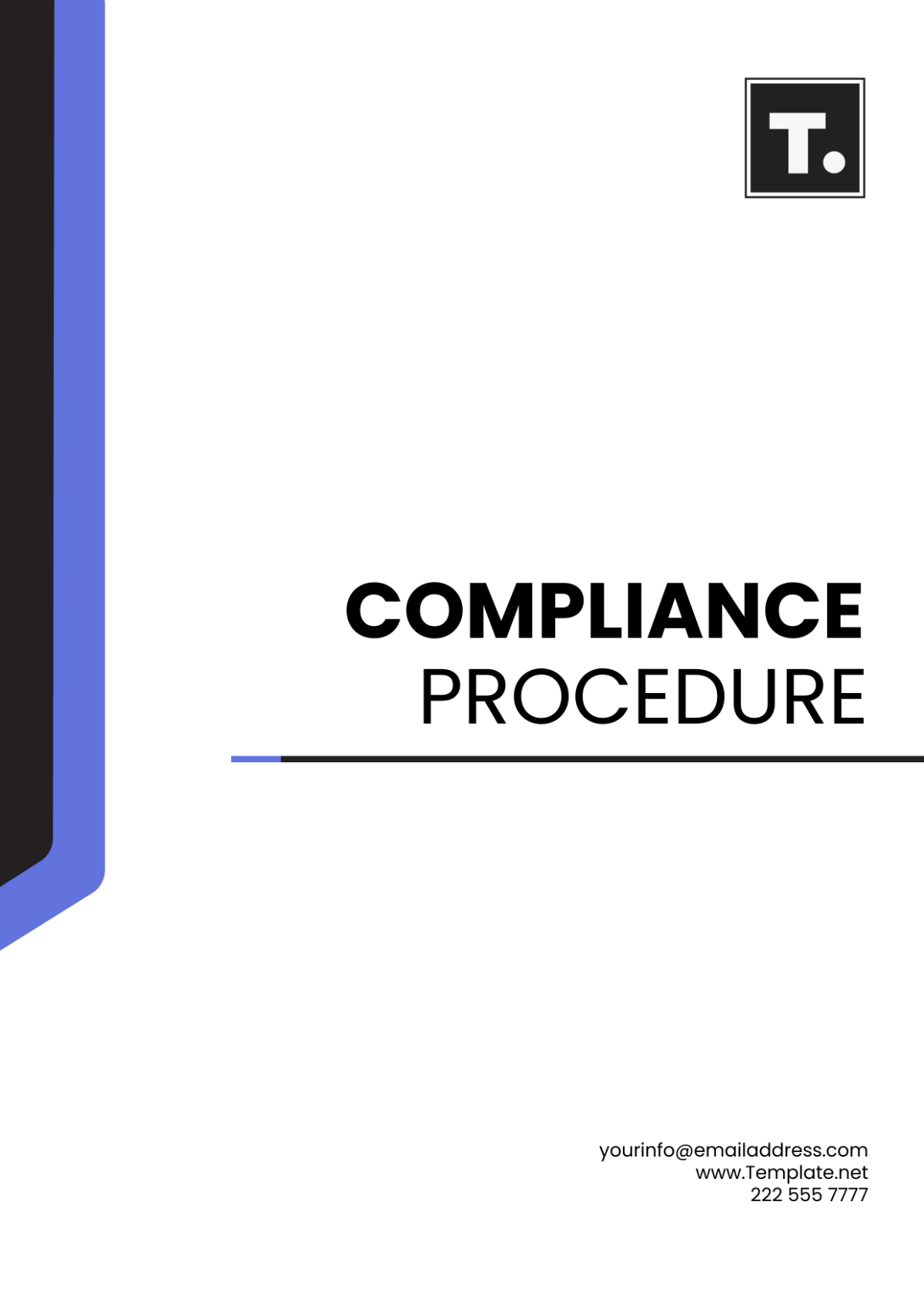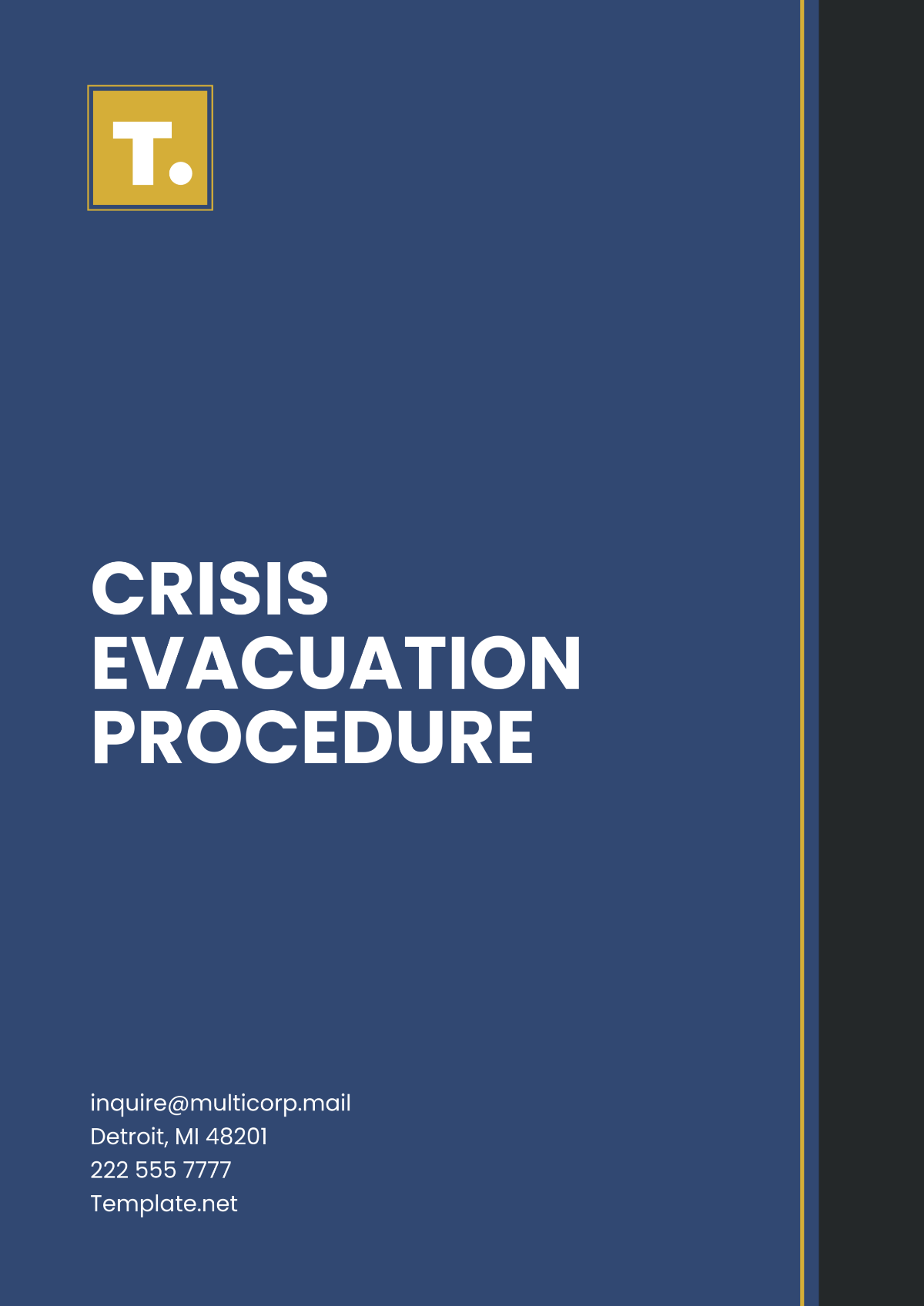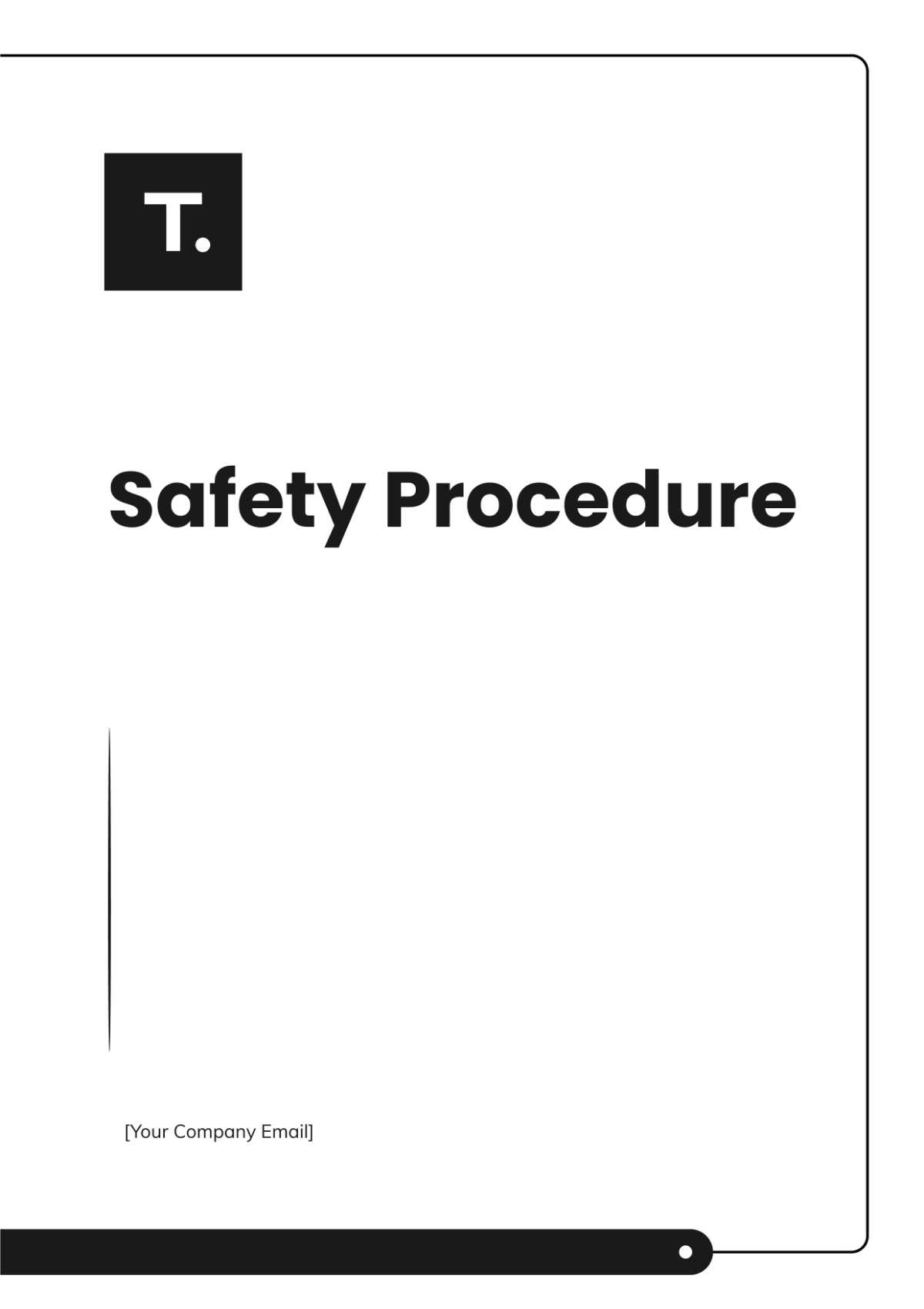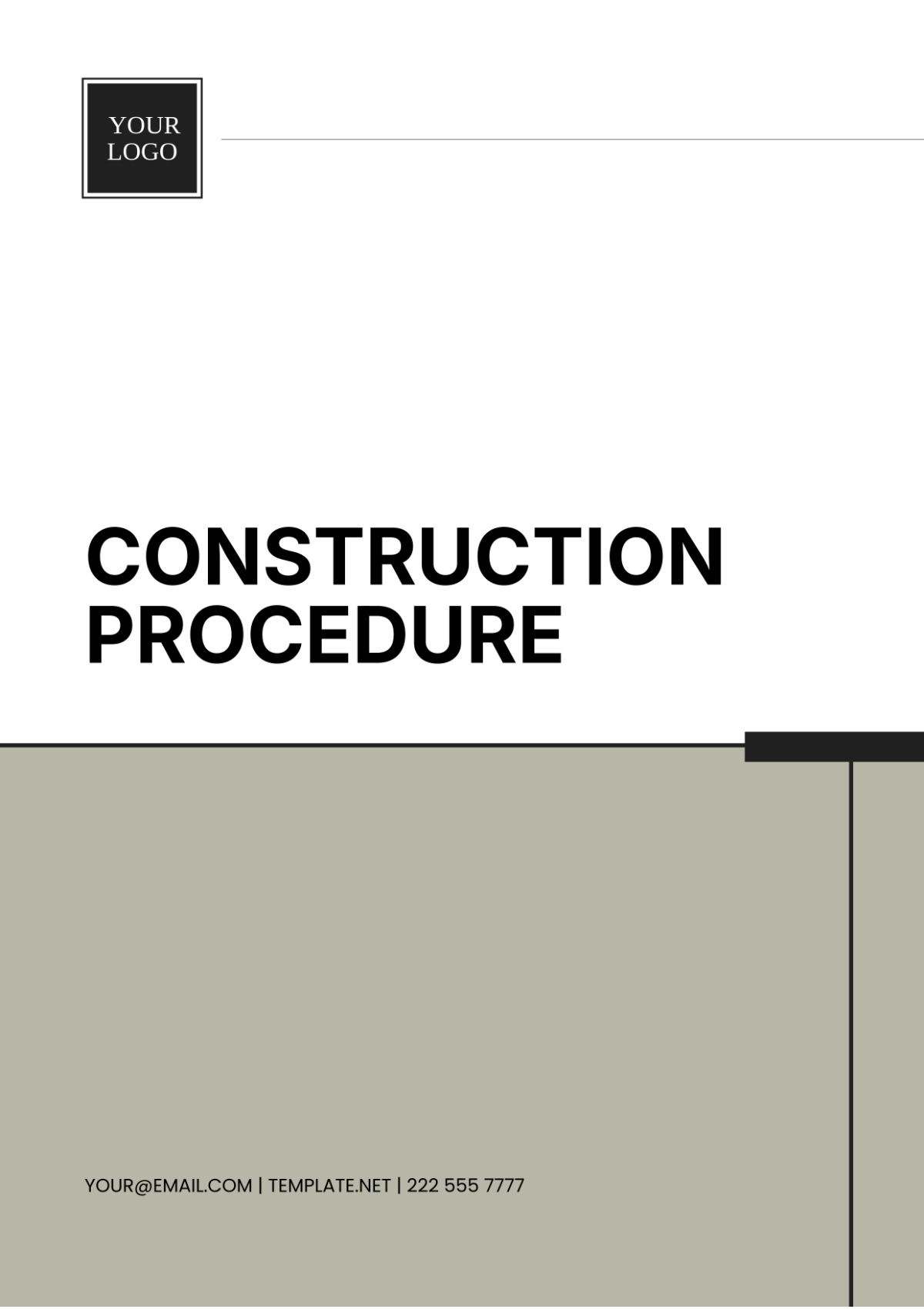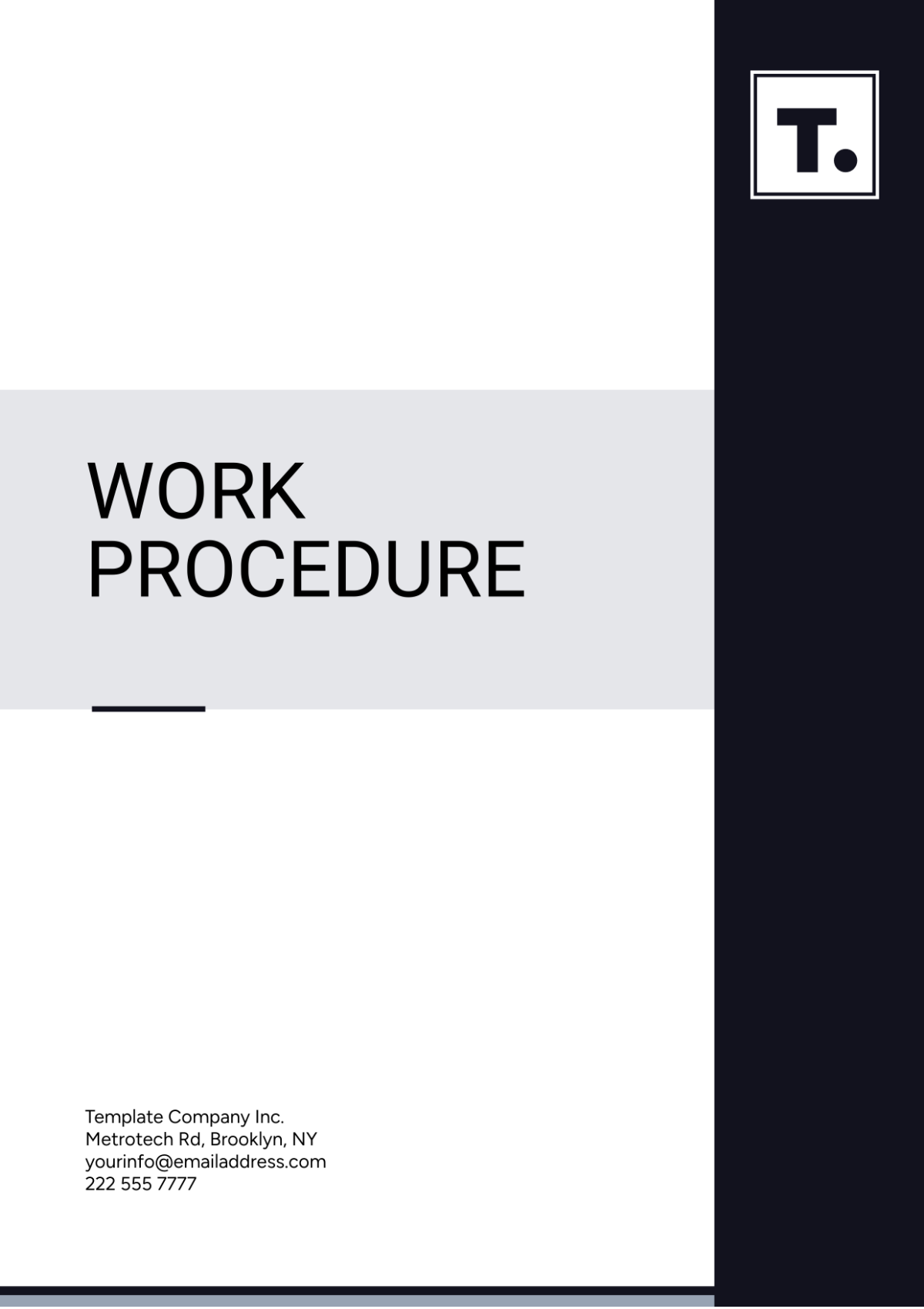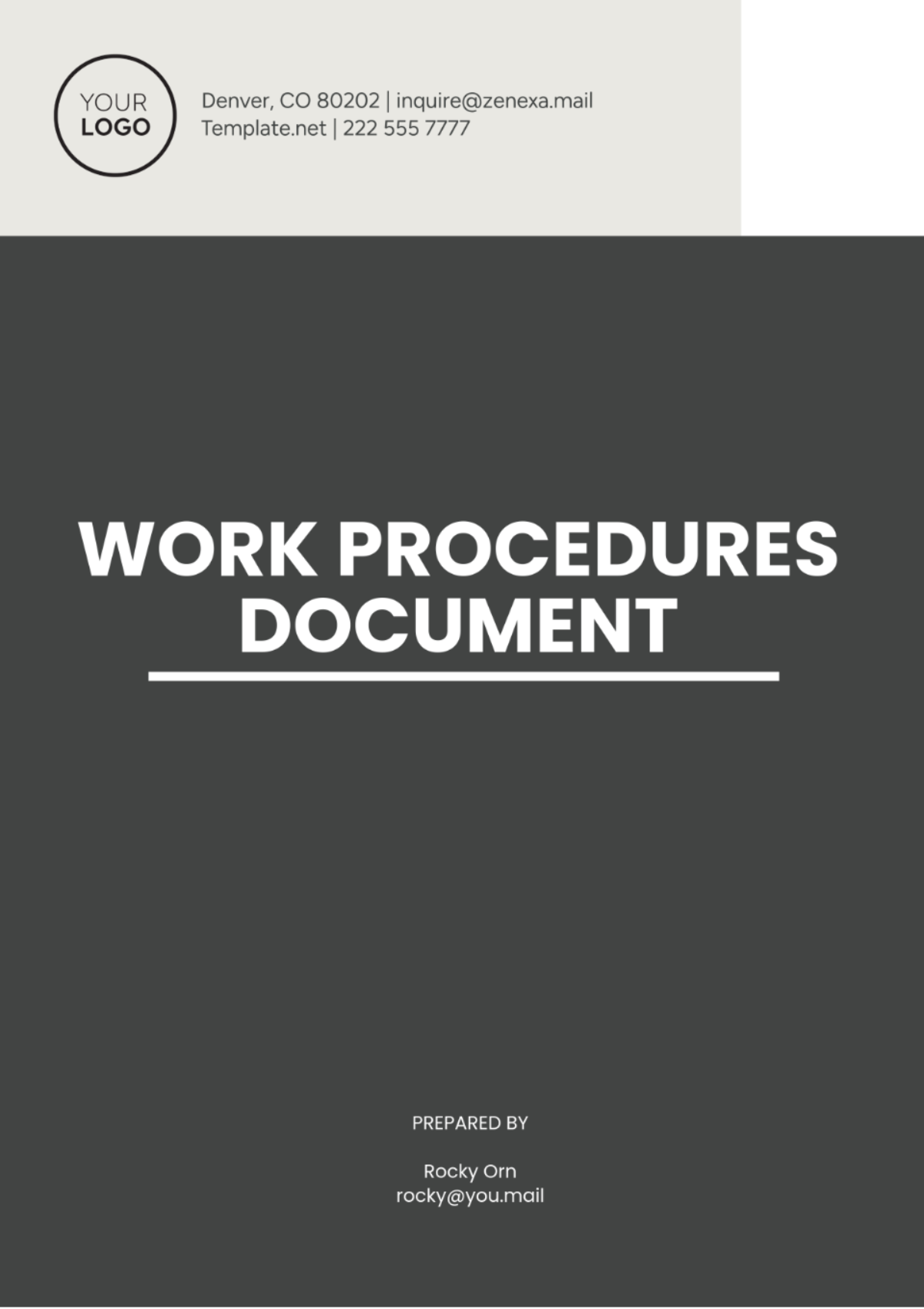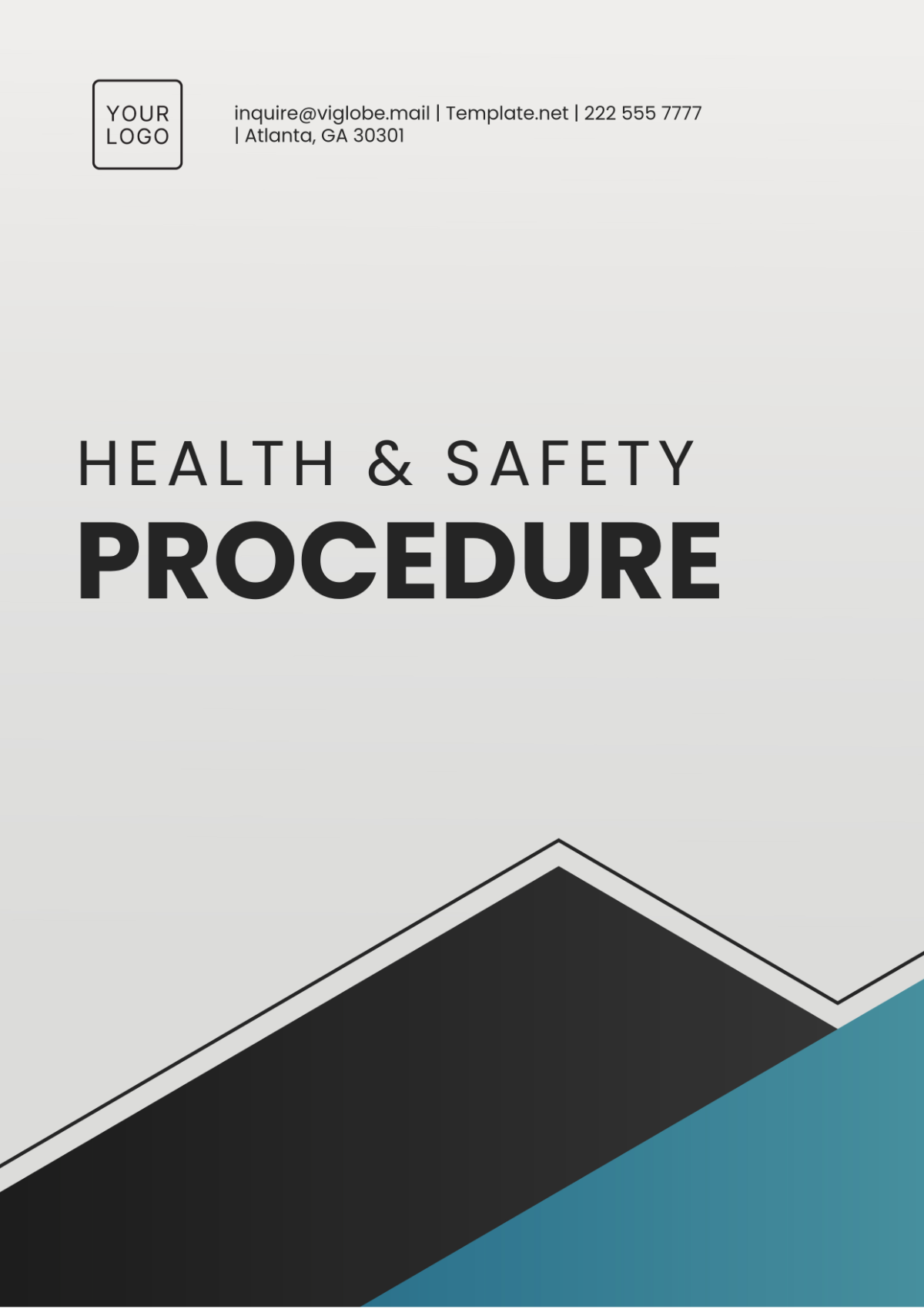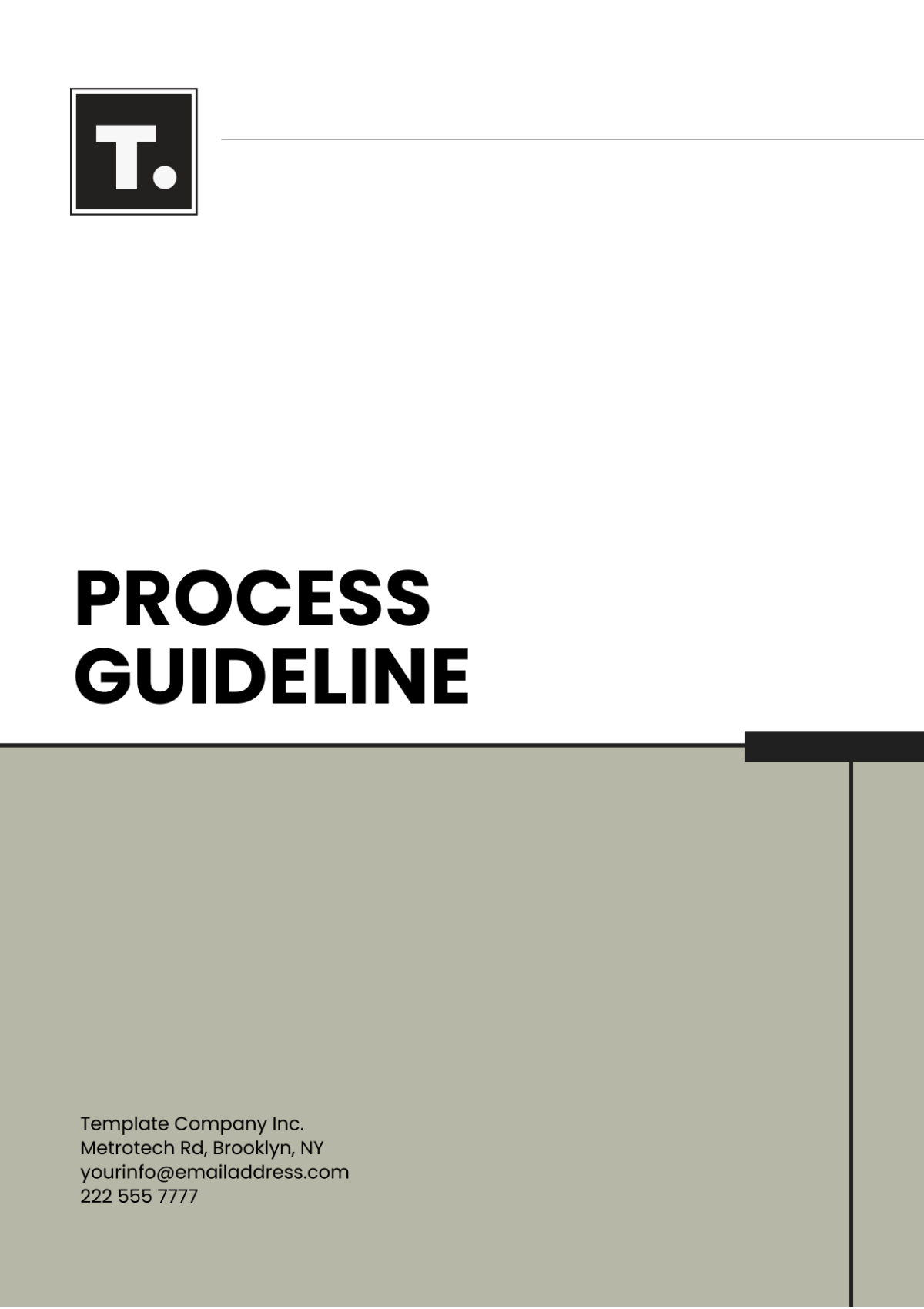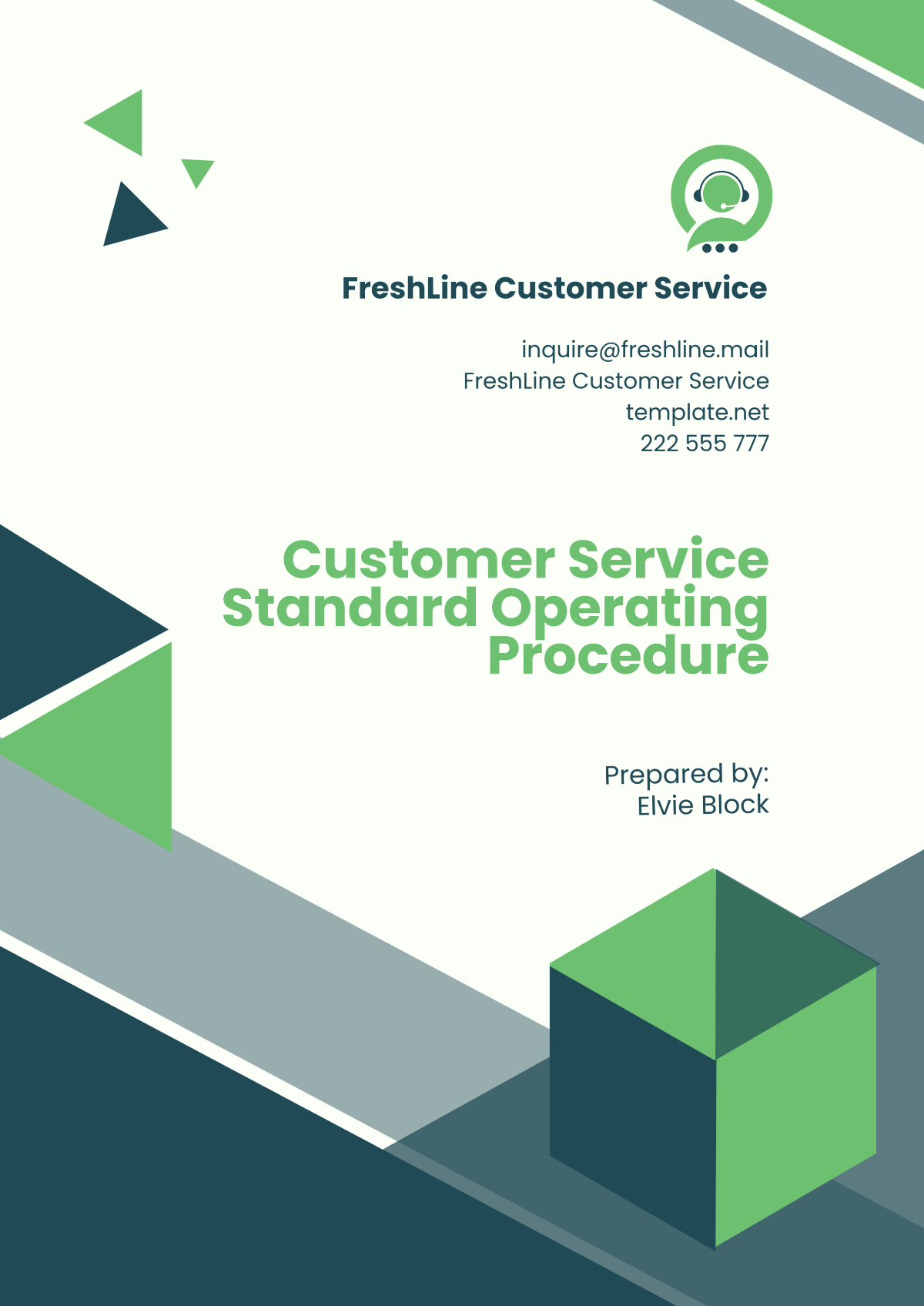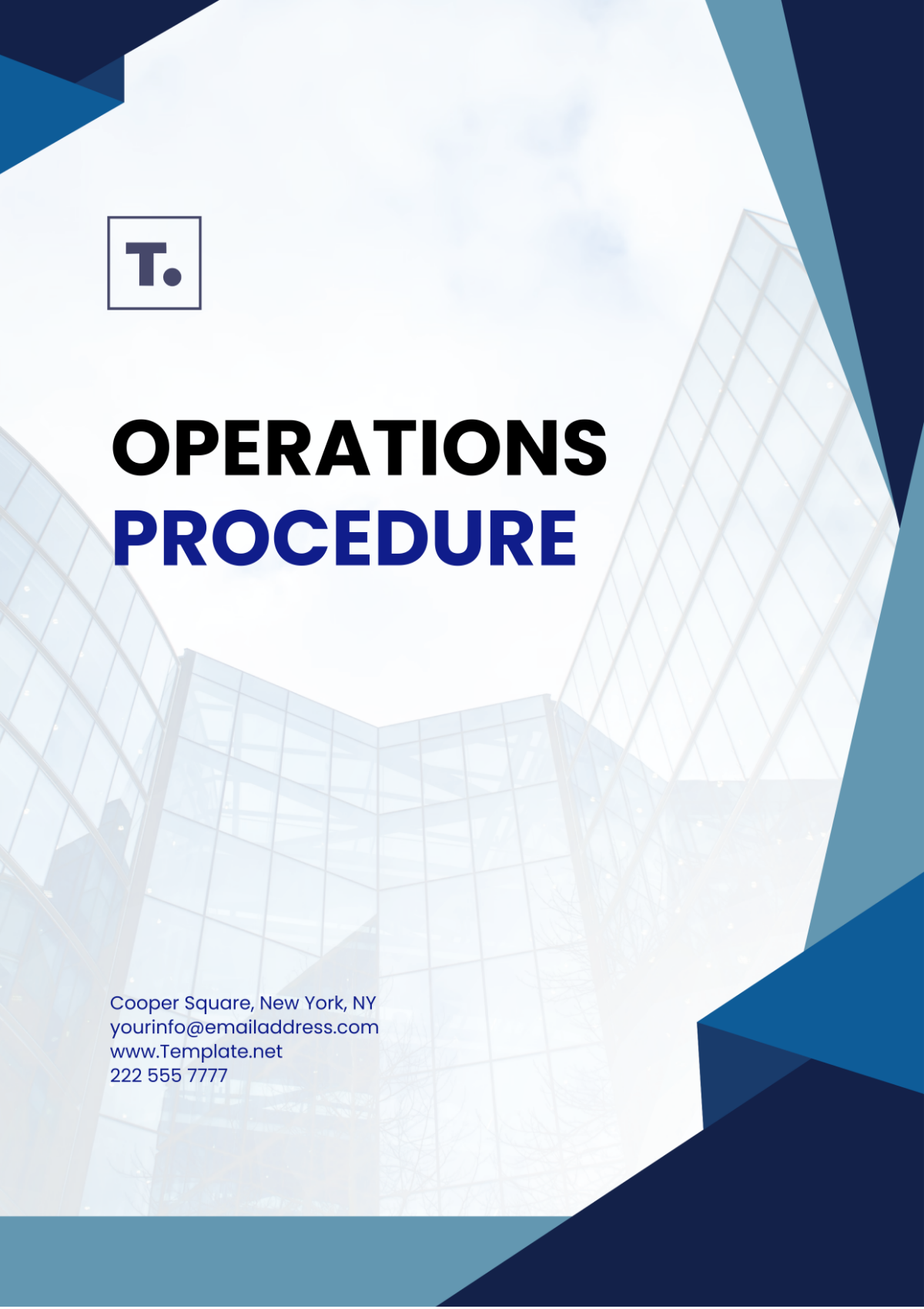Management of Change Procedure
Prepared by | Company Name | Department | Date |
|---|---|---|---|
[Your Name] | [Your Company Name] | [Your Department] | [Date] |
Introduction:
This Management Of Change Procedure Template outlines the process for initiating, reviewing, approving, and implementing changes within [YOUR COMPANY NAME]. It aims to ensure that changes are carefully evaluated, communicated, and managed to minimize risks and disruptions to operations.
Scope:
This procedure applies to all changes, including but not limited to organizational changes, process changes, system changes, and policy changes, within [YOUR COMPANY NAME]. It encompasses all departments and levels of the organization involved in change management activities.
Purpose:
The purpose of this procedure is to establish a structured approach to managing changes effectively while maintaining operational stability, compliance, and continuous improvement. By following this template, [YOUR COMPANY NAME] can mitigate risks, enhance adaptability, and optimize change outcomes.
I. Change Initiation
Identify Change Need: Recognize the need for change based on factors such as performance gaps, emerging opportunities, or external influences.
Document the rationale and objectives behind the proposed change.
Submit Change Request: Complete a Change Request Form providing details of the proposed change, including its nature, scope, impact, and justification.
Ensure all necessary stakeholders are informed and involved in the change initiation process.
II. Change Assessment
Impact Analysis: Conduct a thorough impact analysis to assess the potential consequences of the proposed change on processes, resources, stakeholders, and outcomes.
Consider factors such as operational risks, regulatory compliance, and customer impact.
Risk Assessment: Identify and evaluate any risks associated with the proposed change, including potential disruptions, delays, or adverse effects on business operations.
Develop mitigation strategies and contingency plans to address identified risks.
III. Change Review and Approval
Review Change Proposal: Present the proposed change to the Change Review Board or designated decision-making body for evaluation and approval.
Evaluate the proposed change against predefined criteria, such as feasibility, alignment with strategic objectives, and resource availability.
Approval Decision: Determine whether to approve, reject, or defer the proposed change based on the outcomes of the review process and the assessment of risks and benefits.
Communicate the decision to relevant stakeholders and provide rationale for the decision.
IV. Change Implementation
Develop Implementation Plan: Develop a detailed plan outlining the steps, timelines, responsibilities, and resources required to implement the approved change.
Coordinate with affected departments or teams to ensure readiness and alignment with the implementation plan.
Execute Change: Implement the approved change according to the established plan, following standardized procedures and protocols.
Monitor progress and address any issues or challenges encountered during the implementation process.
V. Change Evaluation
Monitor Change Performance: Track the performance of the implemented change against predefined objectives, metrics, and key performance indicators (KPIs).
Collect feedback from stakeholders and assess the impact of the change on operations, efficiency, and customer satisfaction.
Review Change Effectiveness: Conduct a post-implementation review to evaluate the effectiveness of the change in achieving its intended outcomes.
Identify lessons learned, best practices, and areas for improvement to inform future change initiatives.
Additional Reminders and Tips:
Foster a culture of openness, transparency, and collaboration to facilitate effective change management.
Communicate change plans, progress, and outcomes to all stakeholders in a timely and clear manner.
Conduct post-implementation reviews to evaluate the effectiveness of changes and identify opportunities for improvement.
